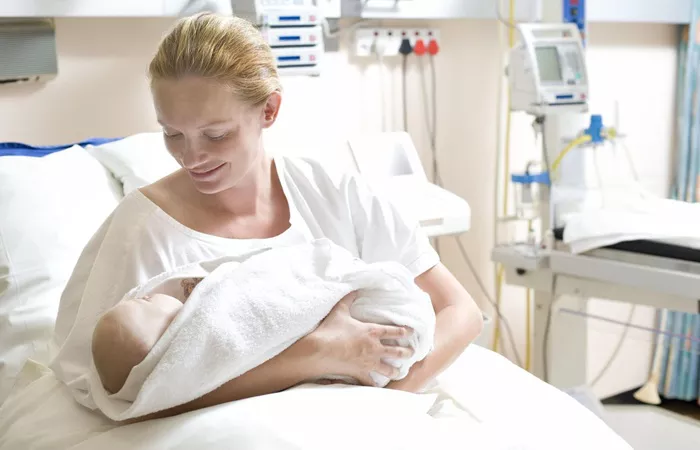Gothenburg, Sweden – A research team at the University of Gothenburg has developed a new method to predict the risk of serious birth injuries. The tool aims to help reduce damage to the anal sphincter muscles during childbirth, a complication that affects thousands of women each year.
In Sweden, about 5% of women giving birth to their first child experience obstetric anal sphincter injuries (OASI). These injuries affect the muscles that control bowel movements and can lead to lasting health problems and a reduced quality of life.
The study, recently published in the Journal of Clinical Epidemiology, introduced a prediction model that assesses the risk of OASI before a vaginal birth. Researchers analyzed data from nearly 600,000 births between 2009 and 2017 at all 45 maternity clinics in Sweden.
High Birth Weight Identified as Leading Risk
The researchers created prediction models for three common childbirth situations: first vaginal birth, vaginal birth after a cesarean section (VBAC), and second vaginal birth. The models considered several risk factors, including birth weight, use of assisted delivery tools like vacuum cups, and the mother’s height, age, and previous birth history.
Results showed that a baby’s birth weight was the most important risk factor for OASI in all three scenarios. Heavier babies significantly increased the chance of severe vaginal tears. For women having their second vaginal birth, a previous injury was another strong predictor. The use of a vacuum cup also increased risk.
The model predicting risk for second vaginal births was the most accurate, followed by those for first-time births and VBACs. Still, all models performed at a level similar to well-known prediction tools used in other areas of medicine, such as those for heart disease and breast cancer.
Helping Parents and Doctors Plan Together
Jennie Larsudd-Kåverud, the lead author and a doctoral student in obstetrics and gynecology at the University of Gothenburg, said the tool fills a gap in clinical care.
“Until now, there has been no clinical tool to predict the risk of these injuries during childbirth. Our models provide a way to identify women at higher risk and plan care accordingly,” she said.
According to Larsudd-Kåverud, the goal is to reduce injuries by making more informed decisions during labor and delivery. For women at low risk, the model can offer reassurance. For those at higher risk, it opens the door to careful planning and preventive care.
“These models give both healthcare providers and expectant mothers a chance to prepare and choose the best course of action together,” she added.
Related topics:


